Potty Training is hard! Gosh it’s hard. This is a challenging milestone for all kids and caregivers. If you are just getting started, consider checking out my Potty Training Tips post as a place to begin.
The following information is for kiddos that might take extra time. These could be children with developmental delays, intellectual disabilities, neuordiversity, processing delays, motor impairments. Children that process information differently may have difficulty with toilet training.
If we think about all that goes into potty training, it’s no wonder it is so challenging for kids! It takes a healthy GI tract, knowing and understanding the sensation of needing to go and eliminating, mobility to get to the bathroom, communication to inform us they need to go, balance and core stability to sit on the toilet, attention and motivation to actually sit, have little to no anxiety around the whole process, coordination to wipe… I could actually go on.
But can you see why this is so tricky??
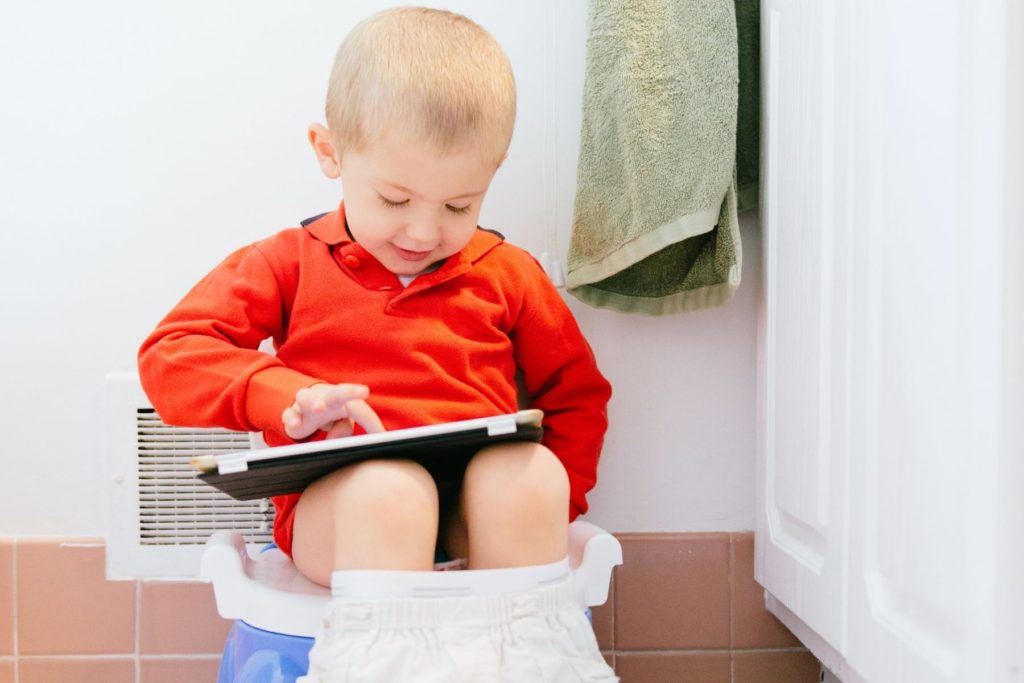
Read along to find out ways to support kids of all ability levels. You’ll want to check out the end of this post for specific resources that might relate to your situation that I find helpful. I continue to return to those resources.
Benefits of toilet training
The benefits of toilet training seem to be obvious to most. But to others, the process does not outweigh the benefits. Here are a few “pros” to consider if you have not yet made the decision:
- Children and youth can gain independence in a very private, personal self care task for safety purposes.
- Social acceptance. If your child wears incontinence garments and smells like stool, you may want to consider some sort of approach so that he doesn’t have to smell around his peers.
- Increased confidence for the child. Kids and youth feel a sense of accomplishment when they succeed and can be independent.
- Decreased caregiver burden. Caregiving is wonderful, and sometimes I wonder if “caregiver burden” is offensive. But, if we’re being honest with ourselves, caregiving is hard! Oh my gosh. It is. So. Hard. So how about instead, we say “increased caregiver assistance”! Even changing one less diaper during the day might be a win for some.
Yeah, there are drawbacks too
This is not a walk in the park. If you read through this post and consider your lifestyle, child, and options, you may decide that this is not worth it. And guess what, THAT is OK! You know your family and child best. Before you jump in, know these things:
- Sometimes, “toilet training” might mean that we are actually training ourselves as the parent or caregiver. The child may not get to a point of independence, but is ultimately voiding and stooling in the toilet, not in an incontinence garment.
- Accidents! There will be accidents. In every single kid that trains, there will be poop and pee that does not get in the toilet or in the diaper.
- You will have to ask other caregivers to get on board and be on the same page as you. And consistency across caregivers over time takes a lot of communication.
- Oh the time. And energy. And constant mental and physical capacity it takes to be on, watch cues, and remind the child of the plan.
The drawbacks are temporary and the benefits are permanent. I want you to know that I hear you and I feel you. This is work, and you are supported.
Let’s just jump in. Here are some things to consider and supports to use to progress toward success.
This post contains affiliate links and I may receive commission when you click on links and make purchases. However, this does not impact the price you pay!
Take note of patterns and readiness
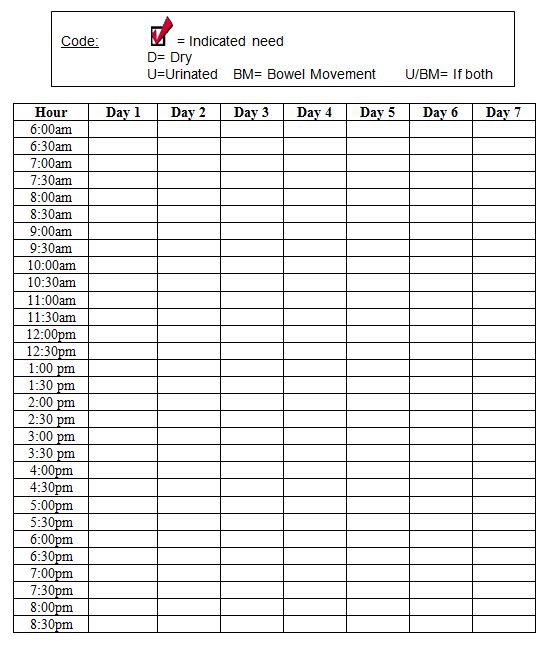
Sometimes, keeping a log of your child’s elimination patterns can help you understand when they are going, how long they are staying dry, and point out any patterns in his day. Try this for a few days to see if there are patterns in urinating or stooling. Here’s how you can do it:
Check their diaper every hour. You don’t have to change it, but just jot down if it is wet/dry. Note the timing and behaviors when pooping (20 minutes after mealtime, went behind the couch, crawled under the table, hard/soft, strained and cried, no awareness, etc). Note when meals are had or if there are big changes to note about hydration. These can all impact timing and elimination patterns.
One suggested sign of readiness is that the child stays dry for ~60 minutes at a time. By monitoring patterns, this can help us know if there is a window of time that could be caught. Does your child seem to notice when he is wet even if he does not verbally communicate this? This could be pulling at a diaper, coming up and standing next to you, or any communication that suggests she wants her diaper changed. Take note of these signs to decide if there are patterns and indication of readiness.
Exposure and foreshadow
One place I like to start is to just talk about going to the bathroom. Read books about potty time, announce when you have to go and why. Provide common phrases such as, “One day, you will put your poop in the potty, just like your sister,” “Some day, we will be all done with diapers,” “When you’re ready, you’ll wipe yourself,” “Right now, we’re still learning, so we can put a diaper on for pooping because I know it makes you feel comfortable. Someday, you’ll be ready to sit on the potty and poop.” Whatever the situation is, provide the foreshadowing that they WILL do this.

If you are comfortable, model it for them. My child watched me, standing far too close for my comfort. But I think this was important for her to see it come out of my body while I explained it. That worked for us, as uncomfortable as it might be. Many parents experience a lack of privacy on a daily basis… But, if your child cannot physically follow you into the bathroom, they may not have an option. Again, very much a personal preference here!
Establish a routine and try it
If you have decided that you and your child are ready, and you’ve talked about it for some time, give it a go! Sometimes, it is easiest to start incorporating sitting on the toilet into a natural routine of their day. I like to try it before bath time.
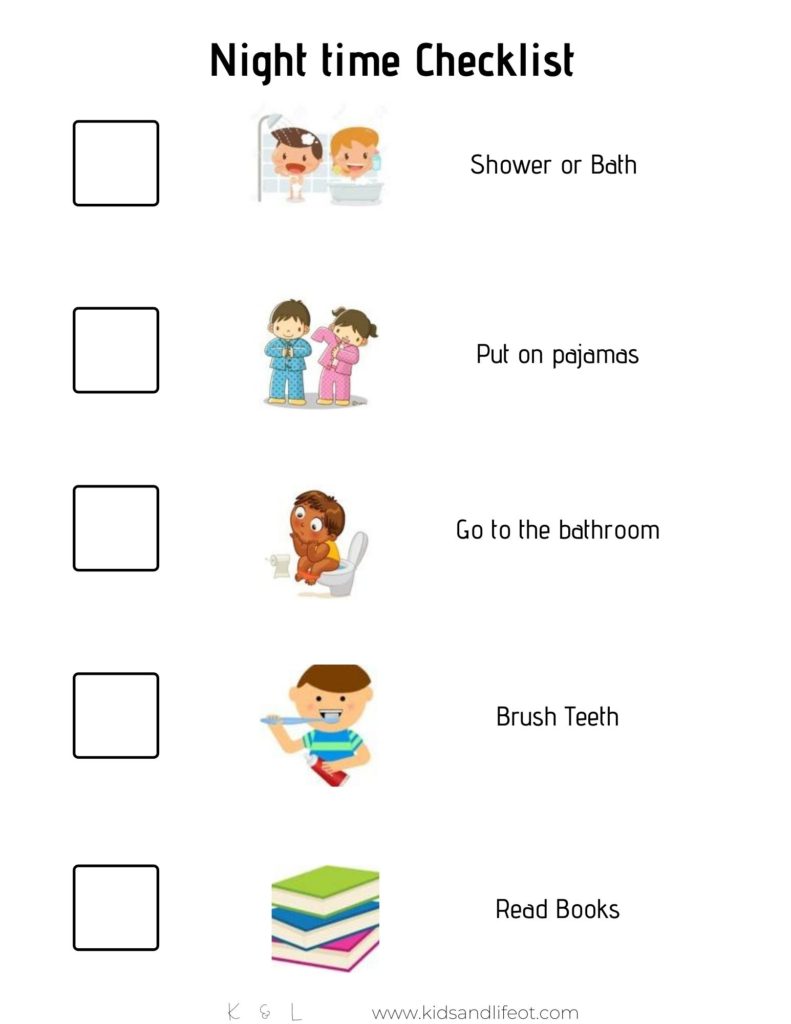
Before bath, use a visual schedule or words to say, “First we’ll sit on the potty, then get in the bathtub.” (Or simpler: “First potty, then bath.”) Create opportunities for success to give them some confidence. Let them sit for 3 seconds only and praise praise praise! The goal here is not to pee on the toilet, it’s to get them to engage in the routine. Repeat this many times.
As she tolerates sitting on the toilet more, start increasing the amount of time you bring her. Naturally, you could go after meals. If you’re not jumping into undies right away, give a consistent cue for diaper changes, “You’re wet, let’s go get you dry pants.” Change her in the bathroom and attempt to take them prior to the next time that she has to go. Give a verbal/visual cue every time you take him so that he can request to go. And, of course, if he initiates or imitates communication and requests needing to go, honor that and reinforce by taking him!
Find the approach that fits your child
After trying the routine and knowing any patterns that exist, you may be able to understand which approach will work best for your child. There are A LOT of approaches out there that guide you through toilet training. Feel free to use any approach that exists but know that this child may take extra time to catch on.
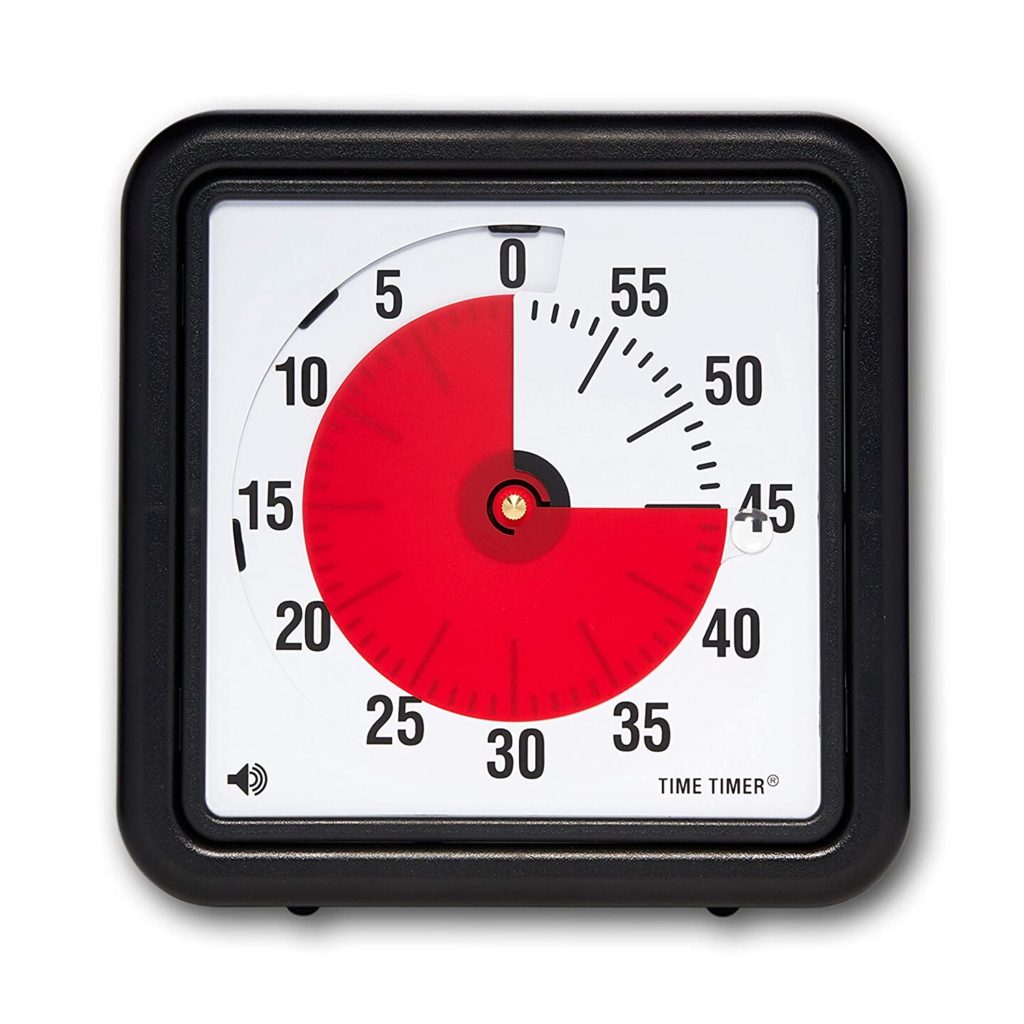
Or, you can do timed training. This is where you, as the caregiver, are the one that says when the child goes. This might be for a number of reasons: the child has a neurogenic bowel or bladder, little to no sensation or understanding of a need to go, difficulty physically getting in to the bathroom and on the toilet, they stay dry but never initiate or communicate a need to go but also don’t resist your bringing them.
If this fits the child in your life, figure out a schedule that works for your life. Try every 2 hours at first and adjust according to needs. Set timers, use a visual schedule and stick with it (read on for visual supports).
Provide Optimal Physical Support
If a child is unstable on the toilet, there is really no way that we can expect him or her to eliminate their bowels or bladder. Right? Think about it: when you are stabilizing certain muscle groups, it is challenging to relax the pelvic floor enough to release. Children that have varying muscle tone (whether it is high or low) typically stabilize with varying muscle groups and compensate with postures and positions.
So, to assure total physical comfort and relaxation for control, assure that your child is well supported. What does this look like?
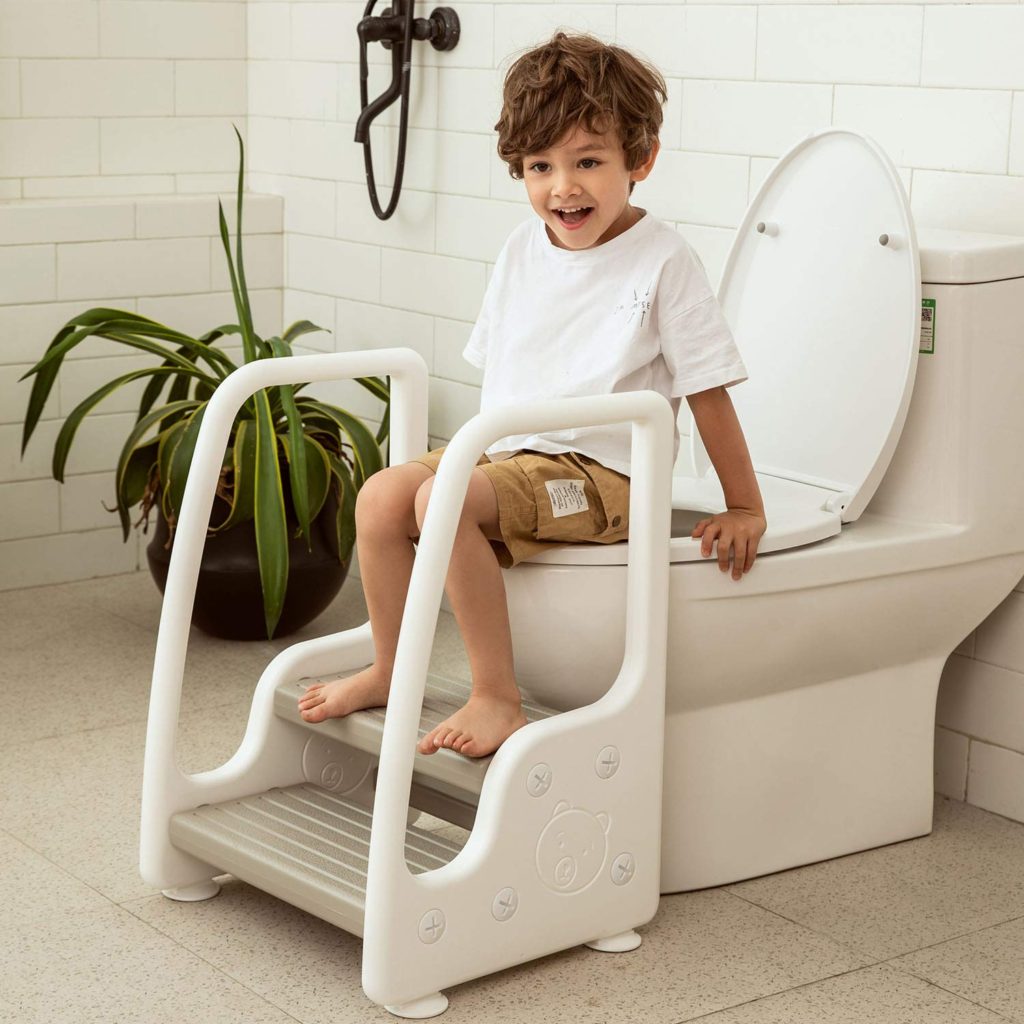
Equipment
- Feet flat on a support: Use a step stool, something like the Squatty Potty, get creative with large books. Anything to stabilize the child’s lower extremities. I really like this step stool with handles as well. (Also check out Etsy. There are some incredible craftsmen out there that have made toileting step stools specific to a child’s needs.)
- Have their bottom on a good size ring: try a standard toilet ring reducer, or an option like this one that gives a little more snugness.
- Lateral supports: a child may need handles only, or they may need actual armrests to help get on or off. This can also help them understand where their body is on the toilet. Also, if your child needs to do a lot of leaning, and there are no supports in the environment, armrests might be necessary. Consider a raised toilet seat with arm rests or an over the toilet commode (both of these options are for older, taller kids). You can check with your insurance on that or go an over the counter route.
- Seat with a back: It can be helpful to have a higher back on a small toilet seat that sits on the ground, or one on the actual toilet. I like this option, or this is a less expensive one for free standing toilet seats.

For minimal options of support, check out my first potty training post. These offer suggestions for little kiddos just starting.
Your child may require even more support than this, and that is A-OK! But, instead of me listing adaptive equipment for children with motor impairments, it is likely best you use your OT or PT and work with your equipment vendor to understand the most up to date options.
Use Visuals!
If you know me or read my other posts, you know how much I love visual supports. Briefly, these provide concrete steps to a task or an understanding of what will come. Here are some visual supports that might be helpful for the task of toiletikng:
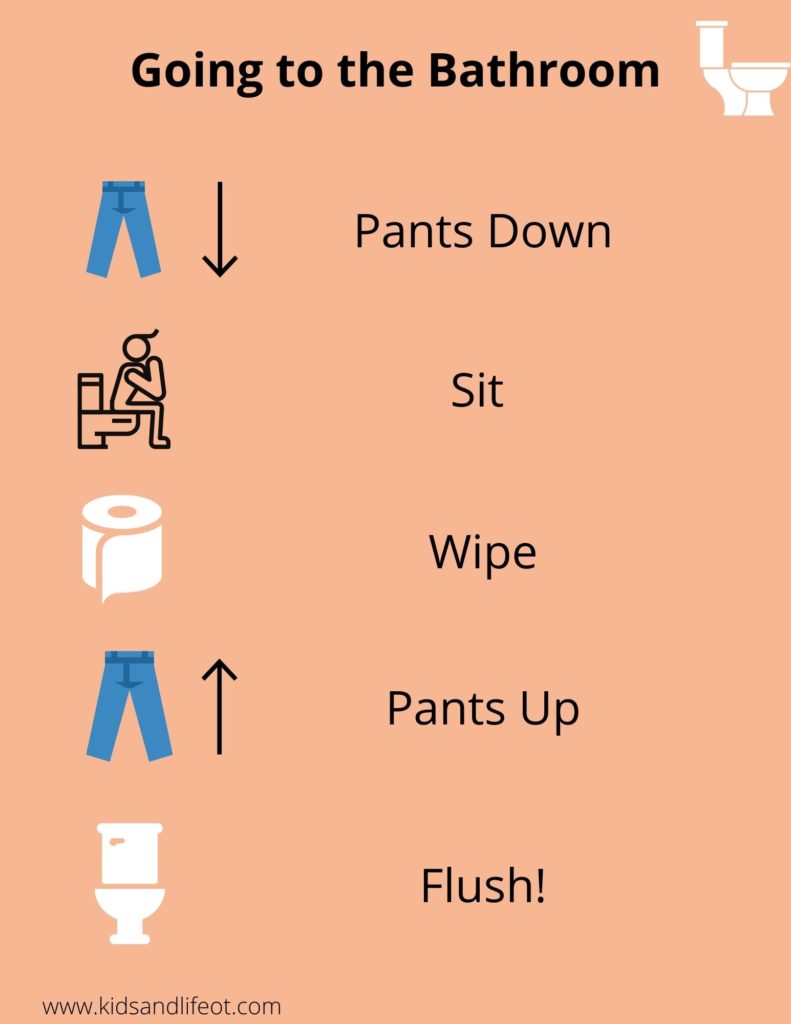
- A daily schedule (see below)
- A sequence strip, such as this example or the one above
- Social story, or in this case a video social story
- Video modeling
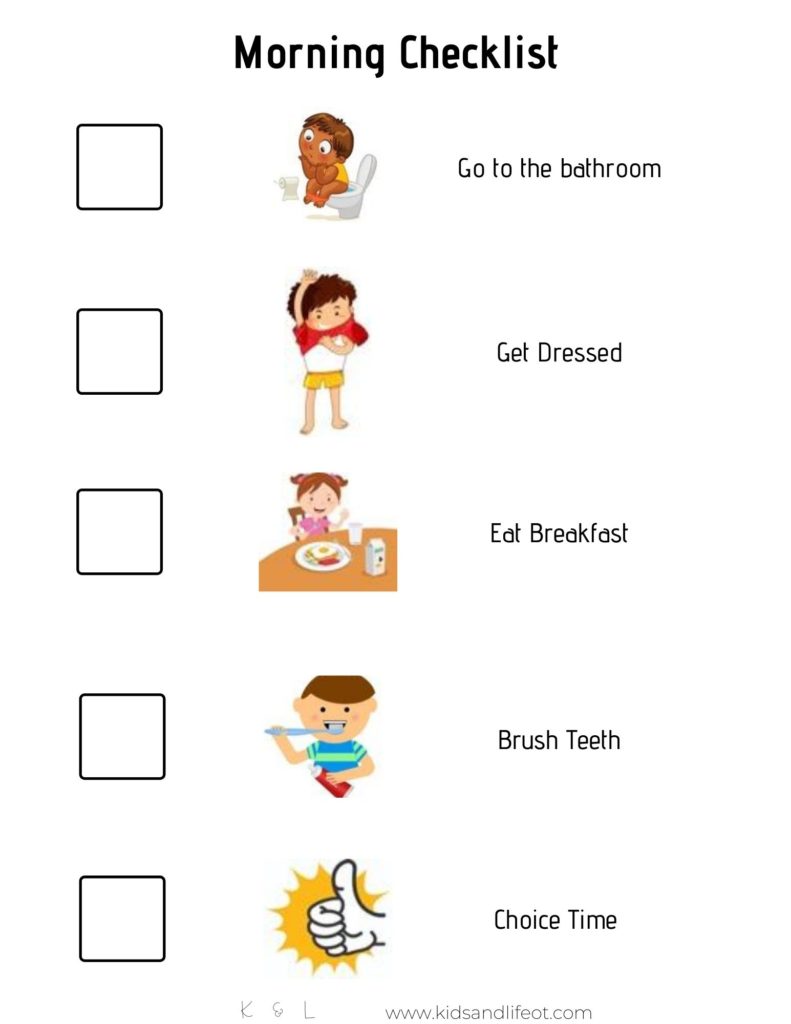
Find a Balance
Remember when we talked about how this is time consuming? Remember when I said this might take a while? Potty training is hard, even when a child catches on. If your child is resistant and you’re both struggling, feel free to take a break. I’ll encourage you to remain as consistent as you can and reframe your thinking by trying the following options:
-Decide where you and your child are at and how much you want to continue to commit
-Return to the “one time a day” routine idea so that the child continues to know and practice the routine, but some of the pressure is off
-Are you asking if they need to go to the bathroom? Consider putting it into a visual schedule and taking the blame off of you. “It’s on the schedule next! When we’re done trying, we can play.”
-Pass this one off to an alternative caregiver! Ask your OT to incorporate it into their session, have the respite care provider take the child every time they come. Ask school to begin toileting there so that you can then model at home. This way, the child is getting the practice and it is one less thing you need to worry about.
-Celebrate small successes! Your child may not put all the steps together right away. Start with one at a time and repeat it to mastery. Offer as much help as needed for success and to minimize frustration.
When in doubt, you know the child best
The last thing we want is to increase anxiety around toileting. Especially if the child becomes constipated easily! So, in the end, if there is a battle, know that you are responsible for setting up consistent opportunities, and then it is ultimately up to them to get the pee and poop out. We can’t do that for them.
Ok, with all of these steps and preparations, there can still be challenges! Head over to another post: Tips for Potty Training Difficulties. (There’s more? yes, there’s more…I told you potty training is hard!)
National Down Syndrome Society (NDSS) Toilet Training resources
Toilet Training Children with Special Needs
Toilet Training Children With Autism and Developmental Delays: An Effective Program for School Settings
Toilet Training for Individuals with Autism and Developmental Disabilities -Maria Wheeler
Potty Time for Kids with Down Syndrome -Terry Katz and Lina Patel
Parents Guide to Toilet Training Children with Autism
Toileting Concepts for a Child with Special Needs
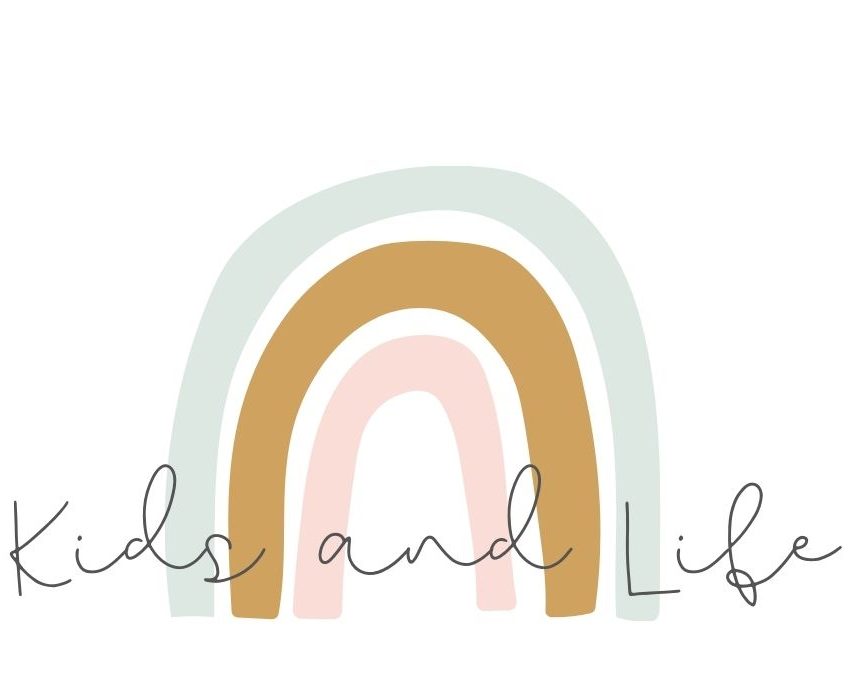
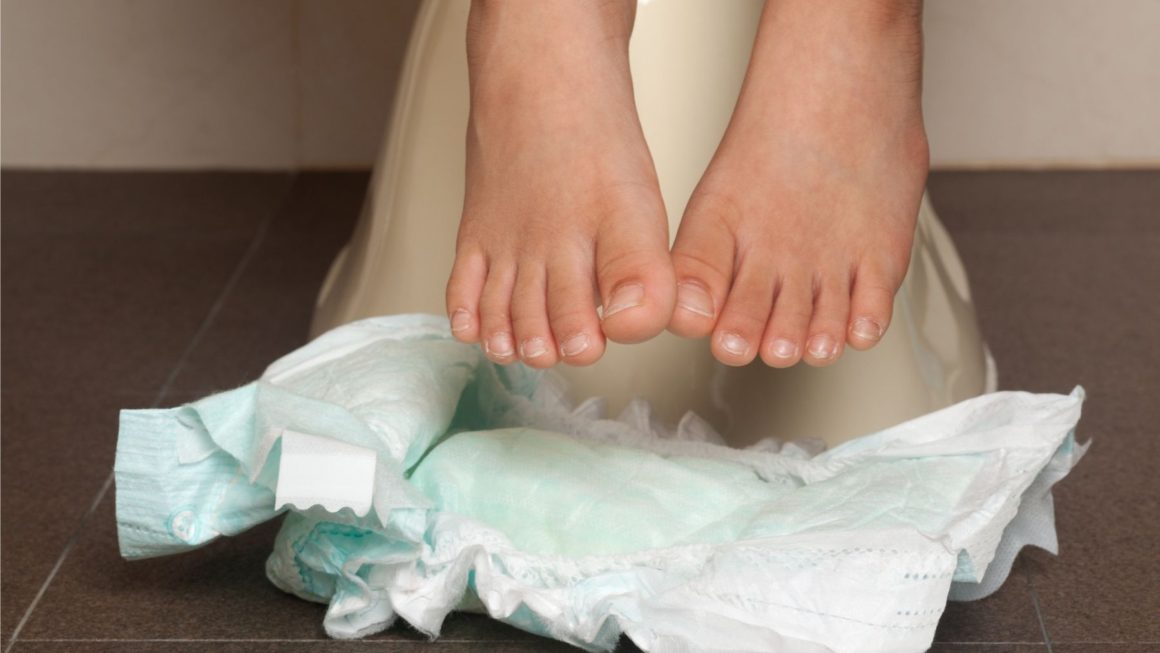
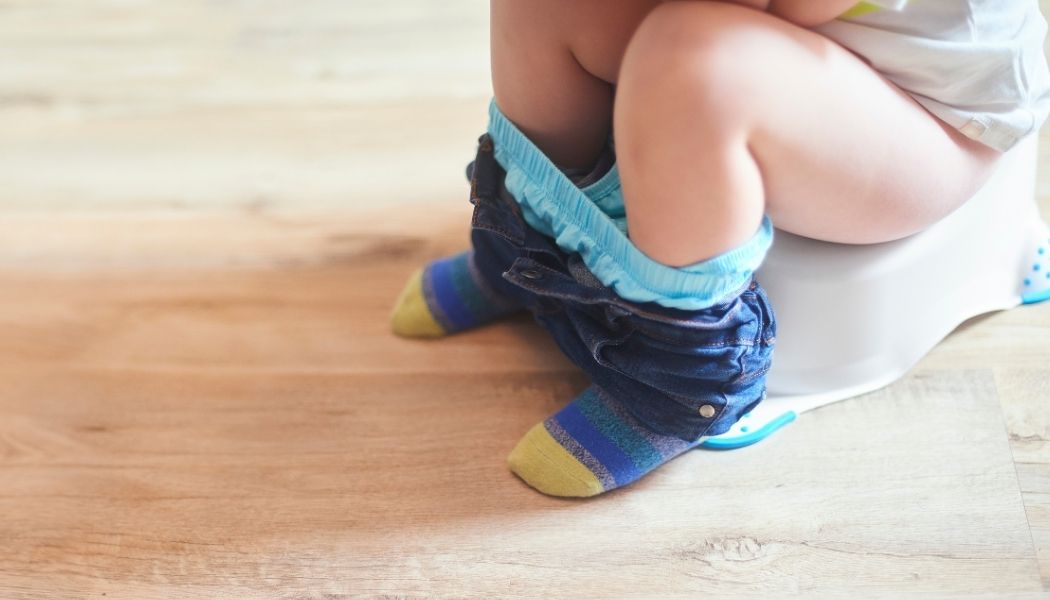

2 thoughts on “Toilet Training: Kids that Need Extra Help”